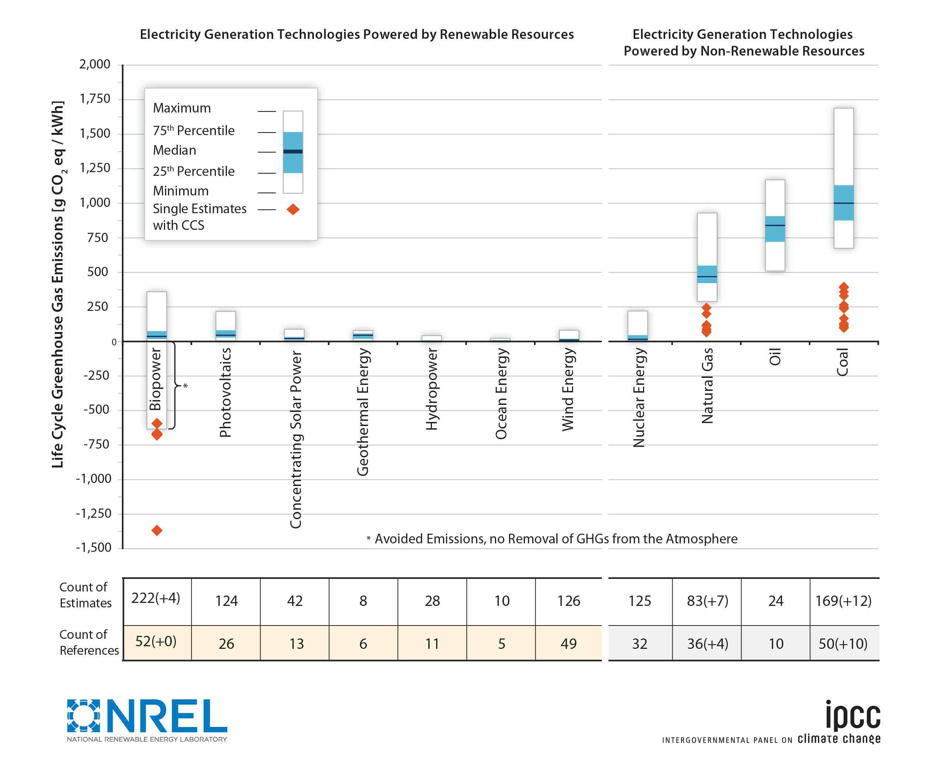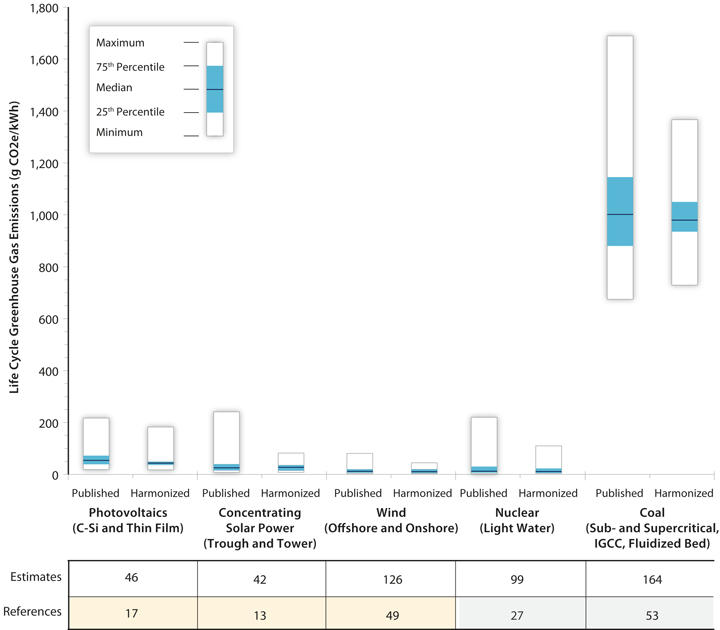Marty Hoffert hits the climate nail on the head
The frustration of scientists about how the climate problem is being ignored came out in full relief when Marty Hoffert, an NYU physicist, sent this missive to Andy Revkin in response to a post at dot earth:
However welcome the news may be to market economists — and I’m confident Exxon-Mobil and company are licking their chops over continuing our highly profitable to them fossil fuel energy infrastructure — it’s an unmitigated environmental disaster for climate change: “Game Over,” as Jim Hansen rightly says.
Shale gas, shale oil and tar sands don’t fundamentally change estimates of total fossil fuel resources; but these “unconventional” sources, now more cost-effective to extract as fuel for the bottomless pit of world energy demand, will make disastrous climate shifts from the CO2 greenhouse a near-certainly. Forget solar, wind and nuclear fission. They can’t compete costwise now with coal-fired electricity, and unconventional cheap hydrocarbons could become as cheap as coal on a dollars per Joule of energy basis.
The result will be a hothouse planetary climate as different from today’s as the middle Cretaceous a hundred million years ago was, when sea level was a hundred meters higher and both poles were de-glaciated; when dinosaurs roamed a verdant Antarctic continent. This will happen virtually instantaneously from a geological perspective as fossil fuel resources accumulated over hundreds of millions of years are burned in a hundred years or so and CO2 in the atmosphere rises as much as fourfold over pre-industrial values.
The best analogy I can think of is watching the rise of Hitler from an isolationist USA in the late thirties as the threshold for stopping him early enough to matter is passed and a holocaust of some as yet unknown horror becomes inevitable. Optimists might observe that Homo sapiens survived WWII and the subsequent cold war. But the coming inundation of coastal zones and cities along with massive species extinctions will likely be far worse. We will need to burn even more fossil fuel to “adapt” to this change by building seawalls and air conditioning, an option perhaps for rich countries, or mass migration inland and poleward for everyone else. Moreover, any attempts by our descendants to rebuild high tech civilization will be seriously hampered by the depleted state of both conventional and unconventional hydrocarbon fuels. Maybe they, unlike ourselves, will learn to go straight to solar and controlled fusion power, necessity being the mother of invention. More likely is a feudal agricultural economy in high latitude lands still fertile for crops and habitable in climate; or in the worst case scenario, hunter-gathering capable of supporting perhaps a million or so humans worldwide.
Many climate researchers breathed a sight of relief when Jim Lovelock backed off from nightmare scenarios with humans huddled in polar refugia against a greenhouse-induced waterworld. Too many accept the GOP denialist scam claiming human-induced global warming is a hoax to risk being perceived as alarmists, or worse. We didn’t sign on for this. We went into science and engineering, many of us, not only for the thrill of learning new by mastering objective nature, but to avoid the crazy subjectivity of human behavior. Give us labs and computers and some money and let us be geeks. We make mistakes, but we didn’t sign on for abuse. Thank you Ben Santer, Michael Mann, Jim Hansen, Ken Caldeira and all my other climate/energy colleagues for your courage to speak truth to crazy. The truth is that if we burn identified fossil fuel resources, particularly the so-called unconventional ones now making free marketeers dance with joy, it is only a matter of time before a transition to “hothouse Earth” occurs.
A technology optimist, I like to believe that some genetic evolution of the human genome can produce intelligent Homo superior better adapted to living in a high tech world wrought by scientific revolutions. I hope the spark of self-awareness survives, even if our particular experiment by nature doesn’t adapt and survive.
If, as Carl Sagan speculated, technological civilizations are time bombs triggered by the inability of species evolved in technology-free environments to adapt to the technologies they themselves create, then we may be destined for self-destruction. Short lifetimes of technological civilizations is a reason for the absence of intelligent life in our Milky Way galaxy according to the Drake Equation for computing the number of contemporaneous technological civilizations in a galaxy. Too bad, if true, as we have now discovered that extrasolar planets sound other stars are a dime a dozen, and may discover potentially habitable “other Earths” soon with NASA’s Kepler Planet Finder.
This warning is about as clear as can be, and it echoes what I wrote in my post showing why fossil fuel abundance is an illusion. It’s time to wake up and acknowledge reality, folks. We can’t burn it all, and if we keep pretending we can, we’ll just build more infrastructure that will have to be scrapped sooner rather than later, as I pointed out in Cold Cash, Cool Climate.








